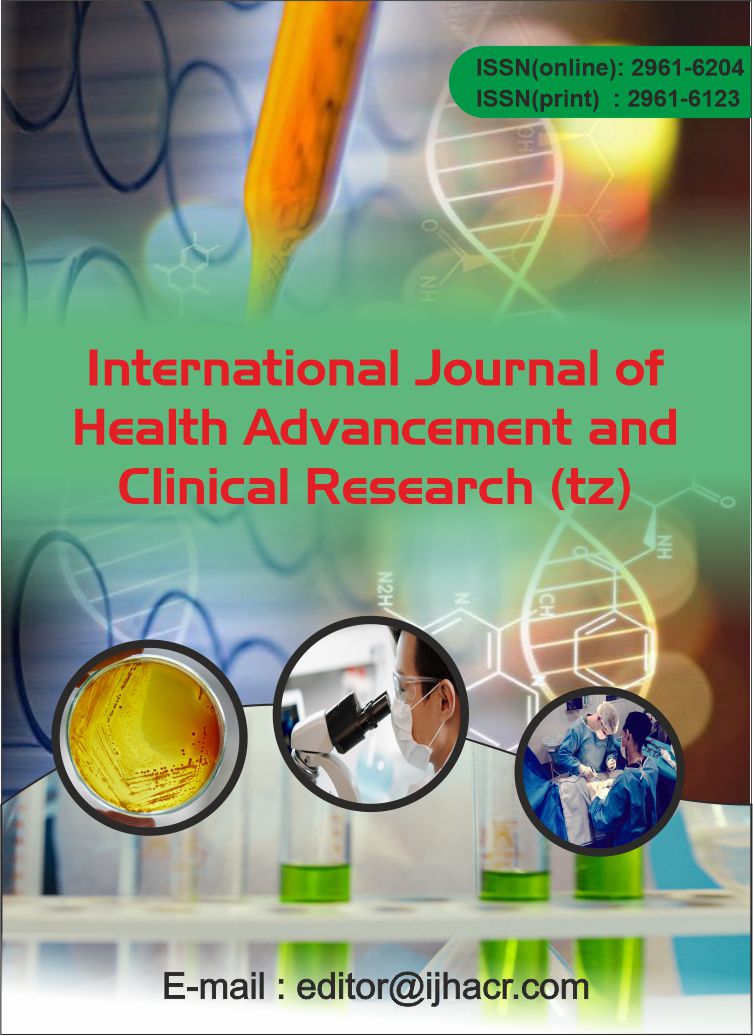Design and Evaluation of Darifenacin Hydrobromide Extended Release Tablets
Keywords:
Antimuscarinic agent, extended-release, dissolution profile.Abstract
Darifenacin hydrobromide, a potent antimuscarinic agent for managing overactive bladder (OAB) symptoms, gains enhanced patient compliance and efficacy through extended-release formulations, reducing dosing frequency. This article focuses on the design and evaluation of darifenacin hydrobromide extended-release tablets to optimize drug release kinetics and improve therapeutic outcomes. Thirteen formulations were developed using various ratios of hydroxypropyl methylcellulose (HPMC), xanthan gum, and ethyl cellulose as hydrophilic polymers to regulate release rates. The tablets underwent comprehensive evaluation, meeting criteria for drug content, hardness, friability, weight variation, thickness, in-vitro release study, similarity factor and stability study. Batch F11 exhibited a dissolution profile similar to the reference product, with a similarity factor above 50, indicating close resemblance. Stability tests conducted on F11 under accelerated (40°C/75% RH) and stress (60°C/90% RH) conditions for two months and one month respectively showed all parameters within specified limits, confirming the formulation's stability.





